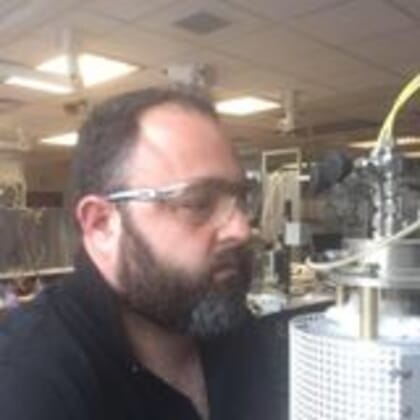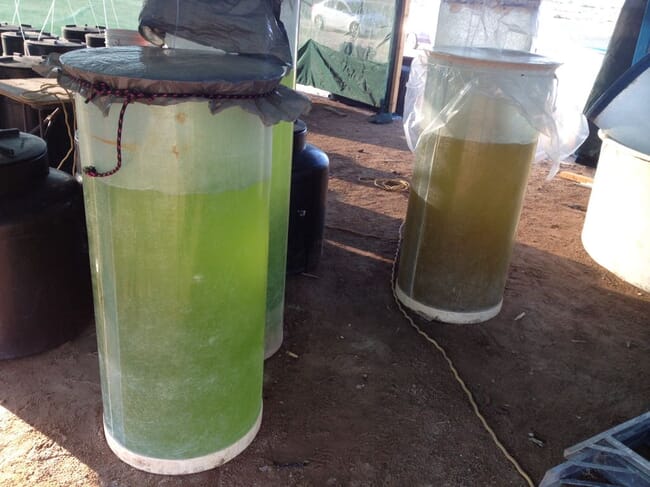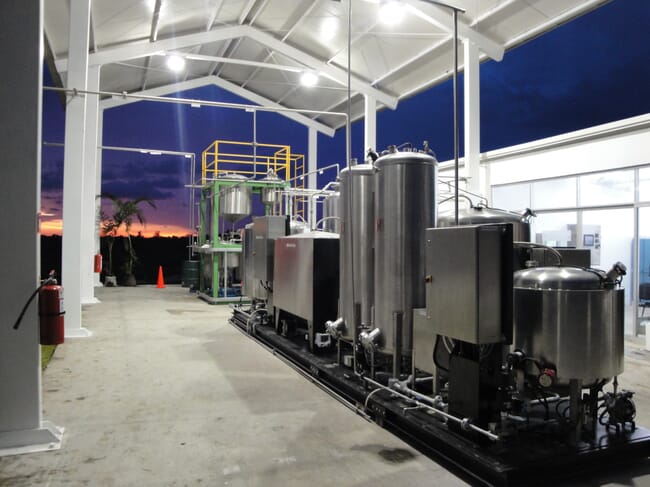Called REFLOW and funded by Innovate UK, the project partners aim to both produce algae as feed for tilapia and develop a process by which tilapia frames, skins and viscera can be converted into biodiesel. Not only does the project aim to turn a waste product into a valuable commodity, but it also intends to help provide fuel to isolated areas where standard fossil fuels are both expensive and scarce.

As Damiano Bonaccorso, from the University of St Andrews, explains to The Fish Site: “We’re taking a low-value waste product and extracting value from that waste. It not only helps solve a waste disposal problem but it also reduces operating costs for the farmers, who can use the fuel produced in their own operations – be they for fuelling their vehicles or powering their electricity generators. In particular this will be useful in rural area where access to fuel is difficult – tilapia farming is an important industry in many countries and we’ll be focusing on the benefits that the project could bring to Central and Latin America, as well as sub-Saharan Africa.”
“When tilapia are harvested they are typically processed into fillets. The waste trimmings account for 50-60 percent of the overall biomass, with an oil content of between 40-65 percent. This by-product has typically been used in animal feed, however there is a significant opportunity for its use in the production of renewable fuel. In developing countries such as Mexico where there is a large production of tilapia for example this waste oil could provide some 90,000 tonnes (90 million litres) of fish oil that could be used to produce an equivalent quantity of renewable diesel that could be used to fuel the farm operations and/or sold for blending with mineral diesel.”

Dr Bonaccorso is leading the St Andrews contingent of the project, who are concentrating on the investigation and optimisation of the catalytic process required to convert the fish by-products into biodiesel, while Green Fuel Research - based on results and data achieved at University of St Andrews - is concentrating on the engineering and design part of the process for the biodiesel production from waste fish oils.
Meanwhile the third partner, BioTExMex, is investigating growing algae as a part of the diets of the fish.
“These can be produced onsite at a lower cost compared to importing feed, while other benefits are that it provides a closer to natural diet to the fish and does not displace the production of other food crops. We’re also looking at how the quality of the fish oil can be improved by modifying the algae components of the diets,” says Dr Bonaccorso.
“Currently we are assessing different algae species for cold water and marines species” he adds, “and we are working with proprietary mixtures of species and feed compositions. The aim of these studies is to further reduce operating costs for the farmer, providing fish with nutritious, sustainable feed.”

Algae is increasingly being grown both directly for biofuel, and as a feed ingredient in aquaculture – with a key advantage being that it is rich in the long chain polyunsaturated fatty acid DHA – but it is still quite an expensive process.
“Commercialising the culture of algae has proved tough in the past due to difficulties maintaining stable growth rates and in harvesting the algae economically, but we have proprietary solutions to address both these issues,” says Dr Bonaccorso, “and we are now working on finding the optimum algal content of the feed to ensure a diet containing the right range of nutrients.”
While the current trials are focusing on tilapia, should the project lead to the commercialisation of the technology it could be used to transform by-products of other species too.
“We expect to be able to apply the technology to other aquaculture industries including waste from cold water and marine species,” Dr Bonaccorso reflects.




